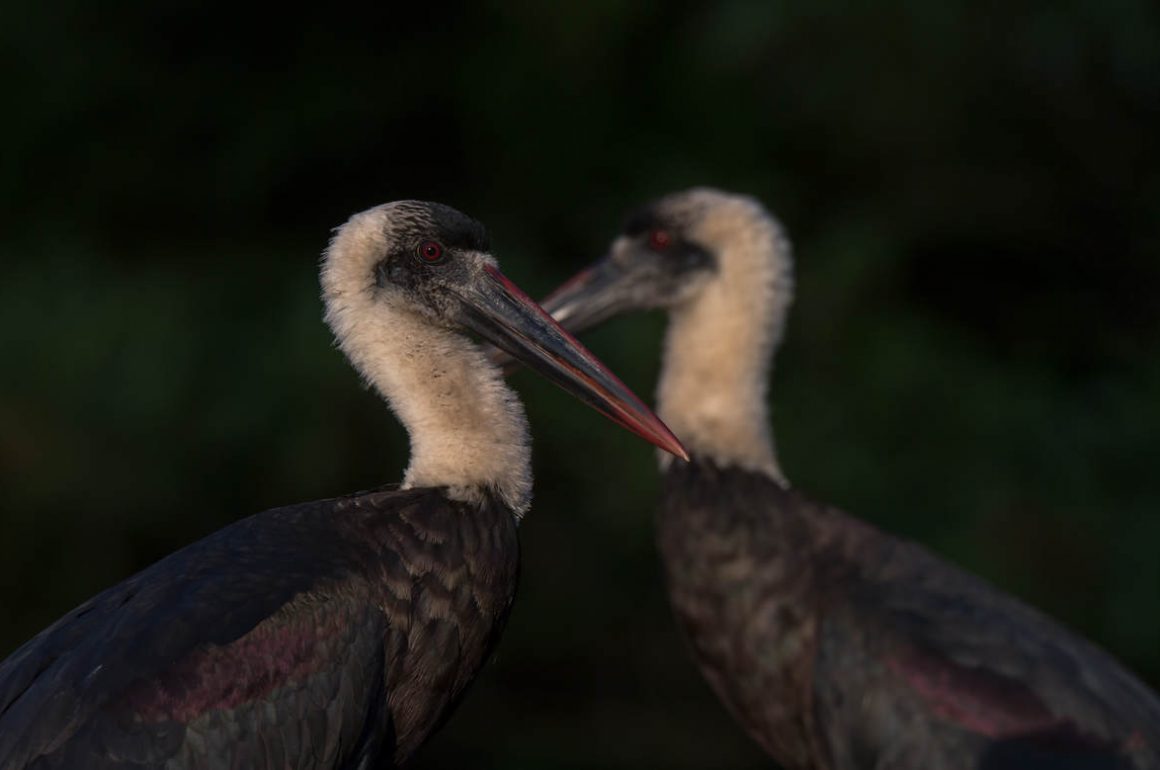
The reason to come to Eshowe as a birder is to see Dhlinza Forest, a subtropical forest important for its biodiversity. The Dhlinza Forest has a boardwalk stretching 125 metres through the forest understory to a 20 metre high viewing platform. As usual, my experience with such boardwalks was somewhat underwhelming, as was Eshowe as a whole, but there were still a few birds worth mentioning at the forest and in the area surrounding Eshowe.
In these photos of different African Jacanas, you can easily spot the juvenile bird by the lack of blue front shield, the weaker coloration overall, and the posters of boy bands in its bedroom.
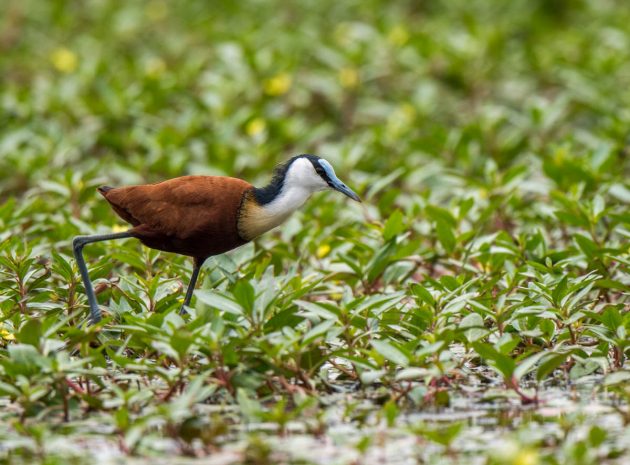
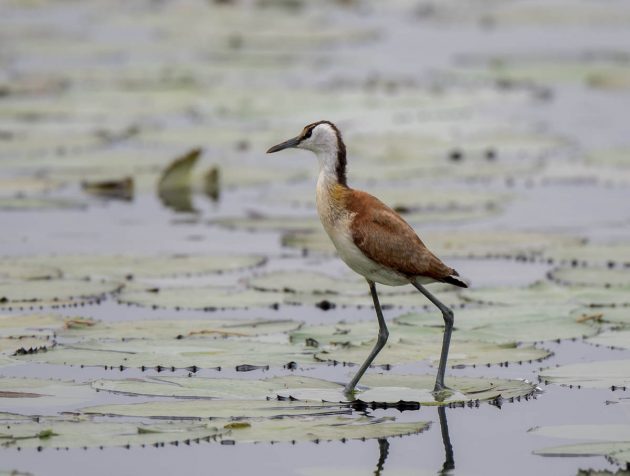
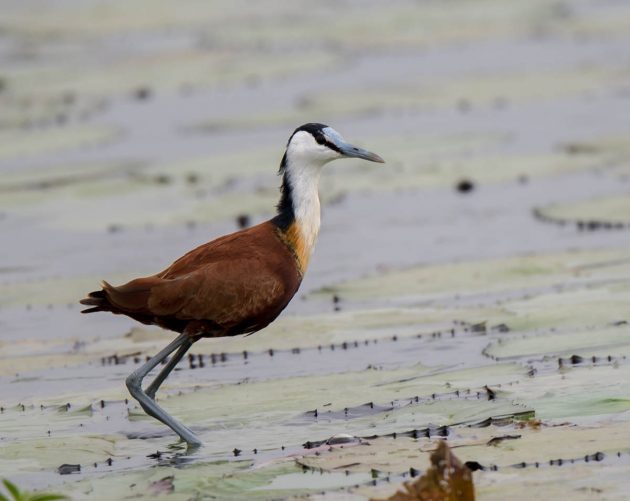
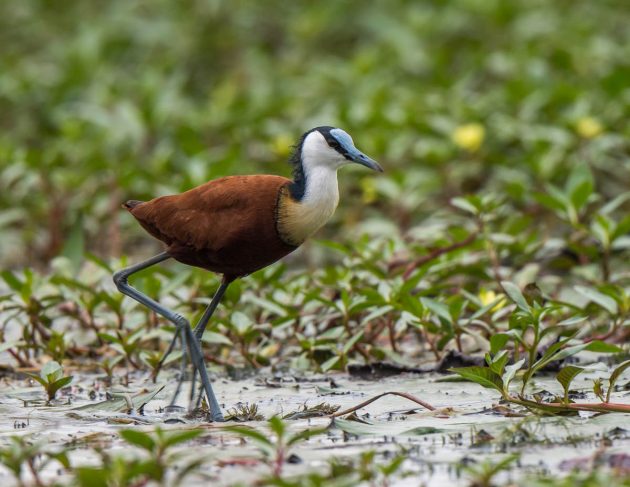
The African Swamphen used to be considered a subspecies of the purple swamphen – see my earlier feeble attempts at making some jokes at the expense of Franz Kafka.
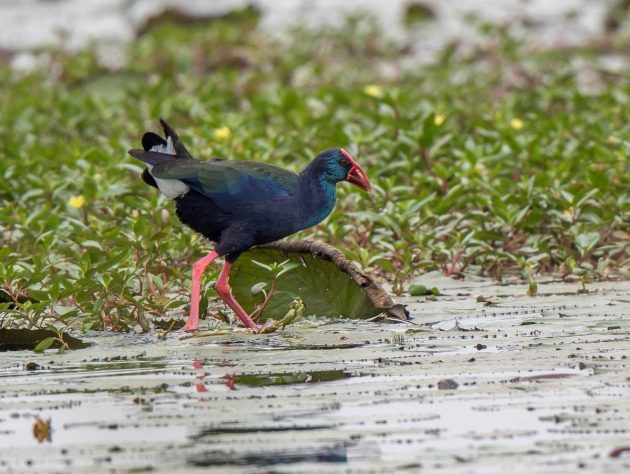
It still looks pretty much like a Purple Swamphen to me.
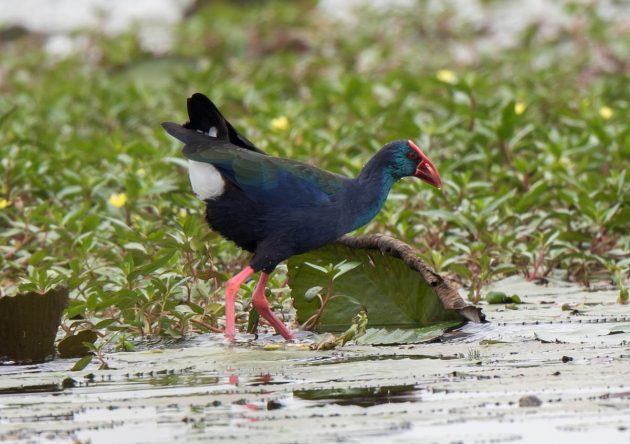
The African Pygmy Goose to me looks a bit like an annoying teenager on a subway train who wants to highlight the fact that he wears enormous earphones. In a distinct color.
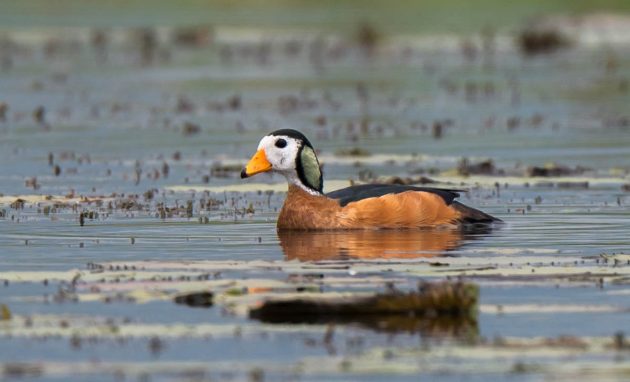
Probably listening to Eminem, not to The National. Wrong.
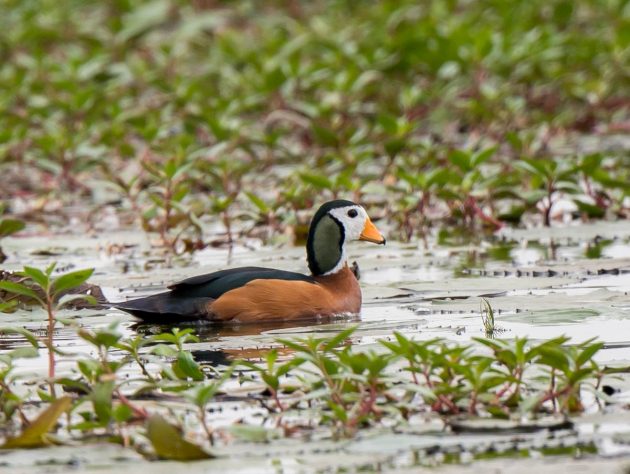
Ok, ok, I have to admit that the two photos of a Black-headed Oriole below are really too similar to merit being shown together. So, my pretension is that this is really the same photo shown twice. Can you find the 12 tiny differences that our graphics person has incorporated?
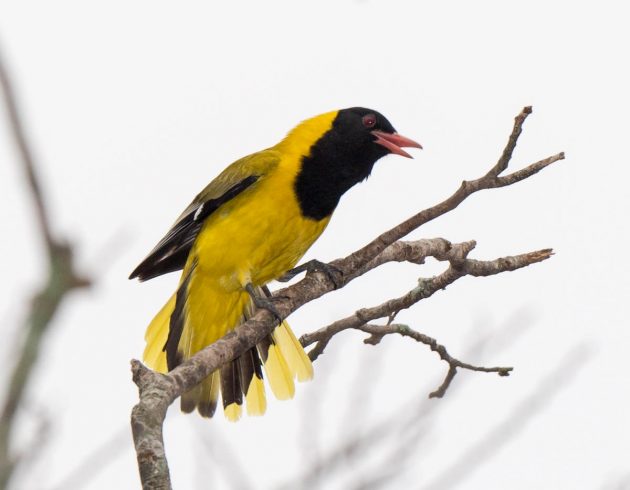
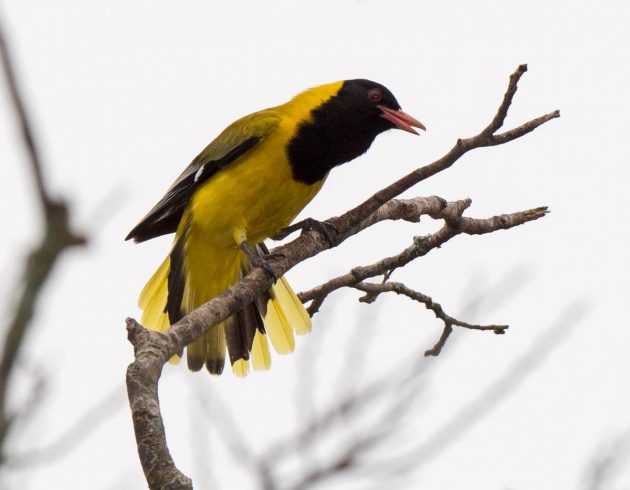
This is a female Cape Batis. You can tell from the rufous throat spot, and from the way she critically looks at her male partner who is trying to explain why he came home late last night.
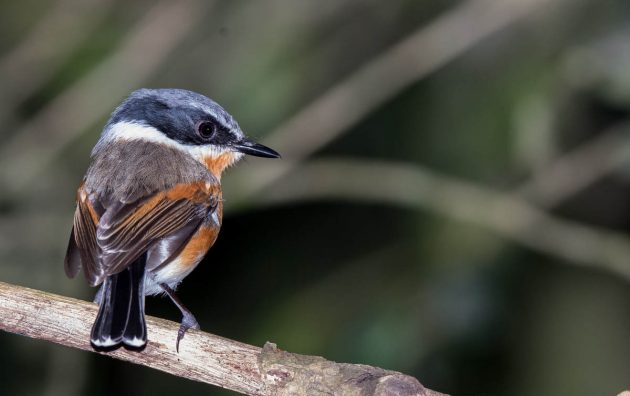
These Wooly-necked Storks were right in the garden of the place where we stayed. I think the people running the place even fed them.
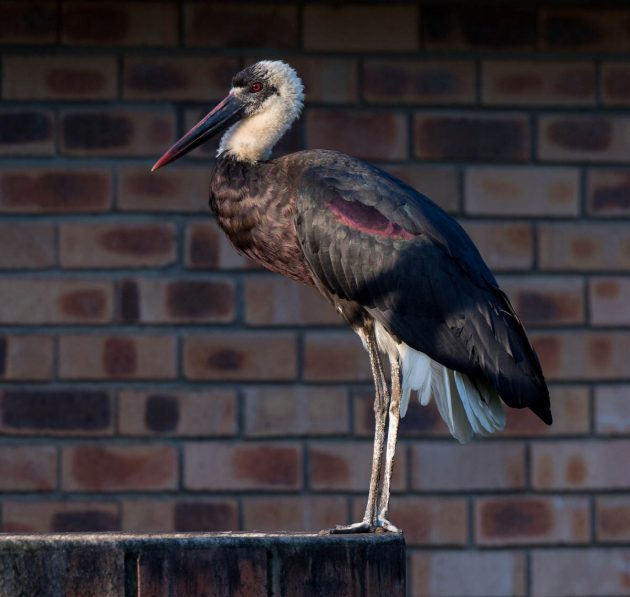
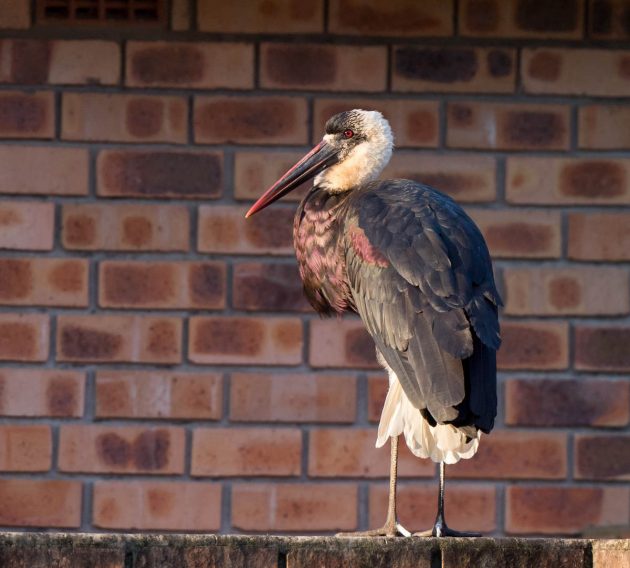
These two are reenacting the mirror scene from “Duck soup” (sort of). Well, unlike the Marx Brothers, they are amateurs at this, and you can tell.
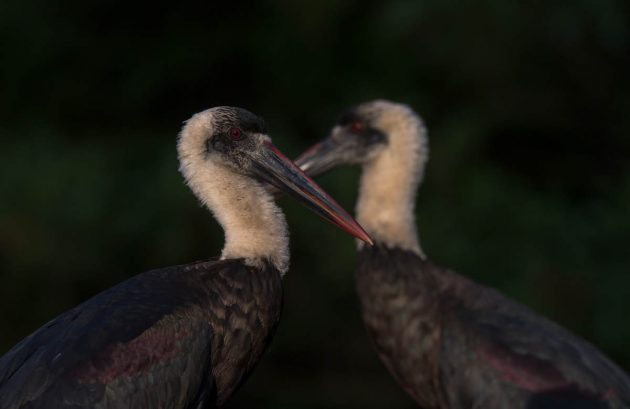
Hamerkops are apparently mainly famous for their huge nests. I am kind of famous among hamerkops for not having seen their nests, though.
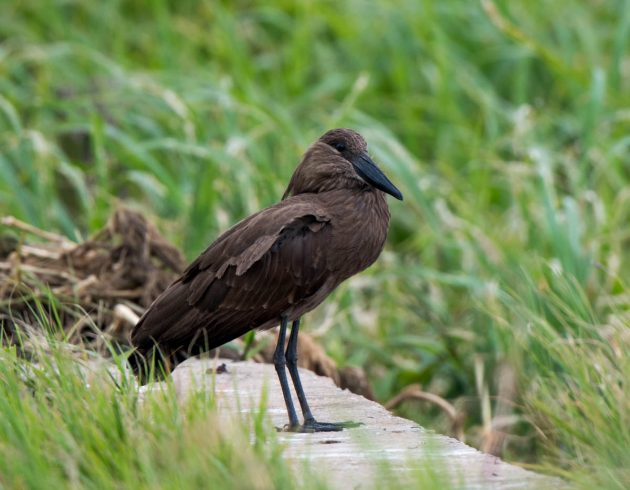
“The nests are massive, often 2 meters (6 feet) high by 2 meters wide and up to 100 times the bird’s weight. It can have up to 8000 pieces and takes 3 to 6 weeks to complete” (source).
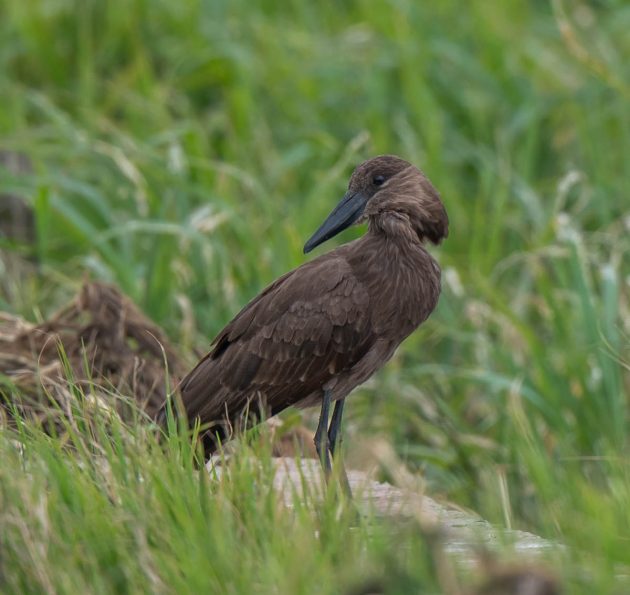
The name is dutch-german for hammerhead.
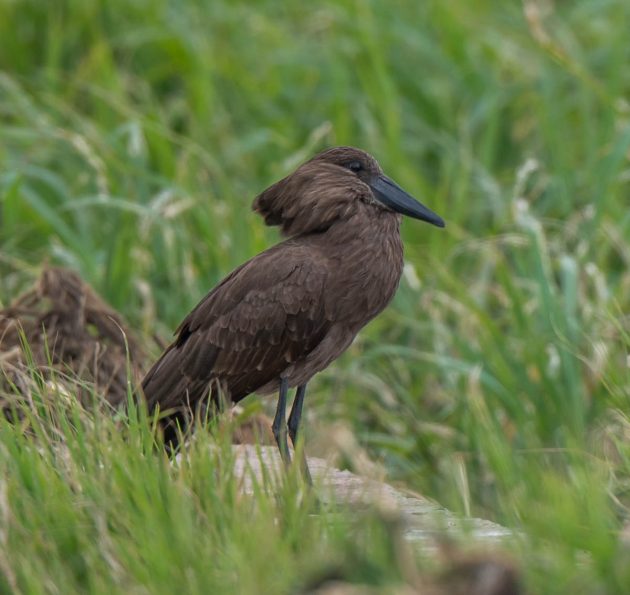
If you are a hammerhead, does everything look like a nail to you?
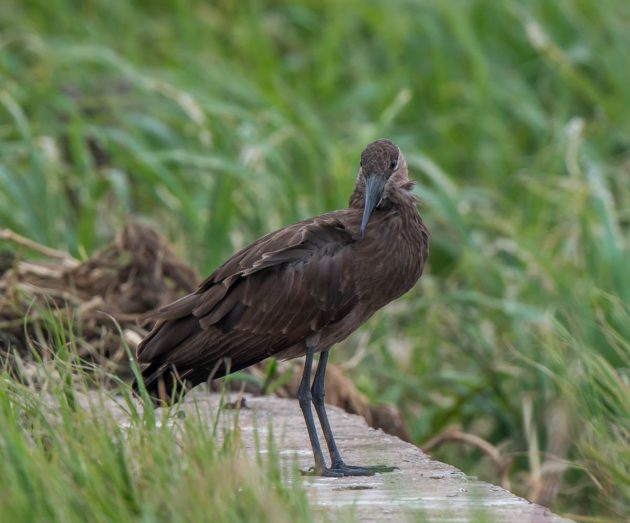
At vulture family gatherings, it is always a bit of a bother for the organizers to cater to the needs of the Palm Nut Vulture. While it also eats dead meat and carcasses like its relatives, its favorite food is palm nuts. And it gets kind of grumpy if these are not available.
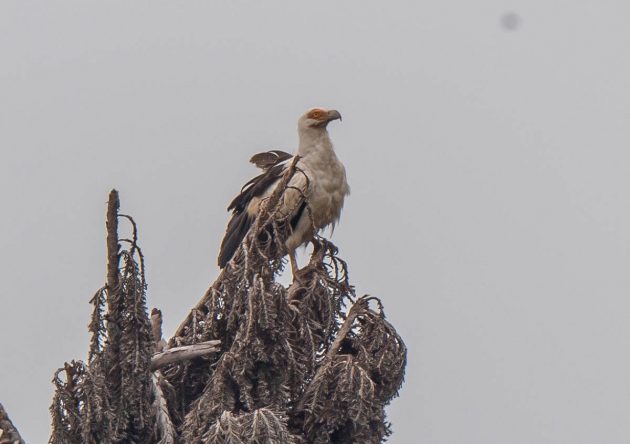
The Purple-crested Turaco is the national bird of Eswatini, which given that this country is the last absolute monarchy in Africa and the country with the world’s highest HIV prevalence is probably not much of an honor.
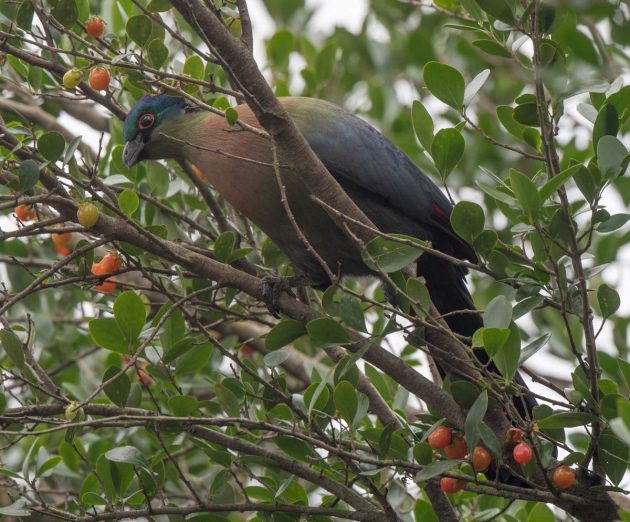
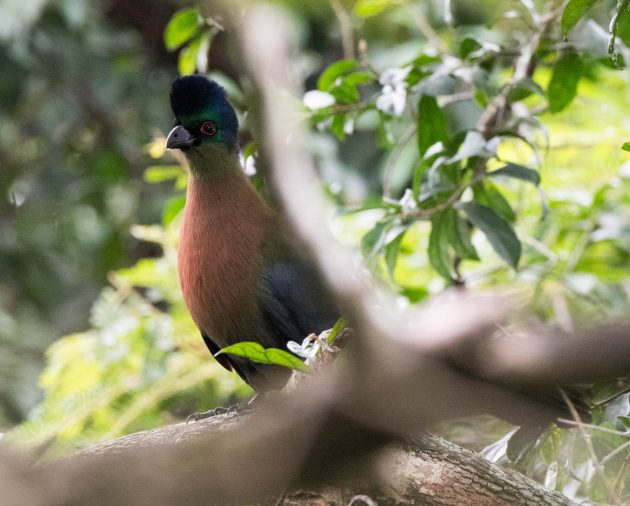
There are actually much nicer photos of the Purple-crested Turaco in another blog post of mine, Birding Mkuze. Still, why waste some perfectly mediocre photos.
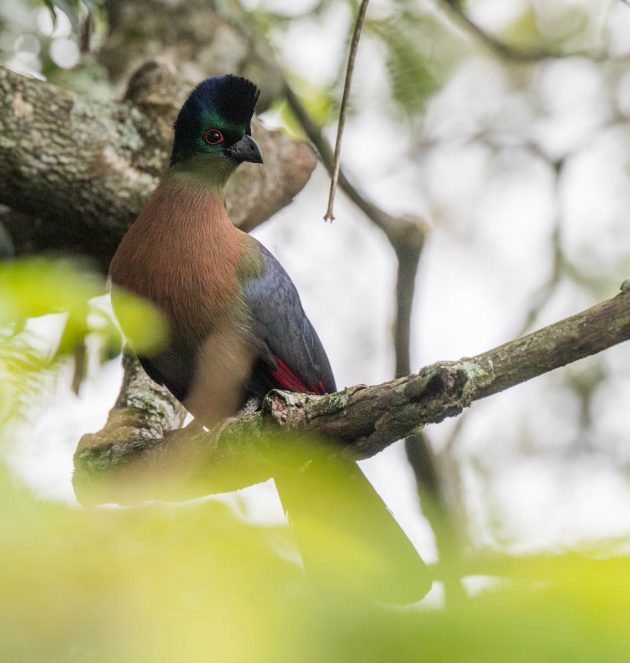
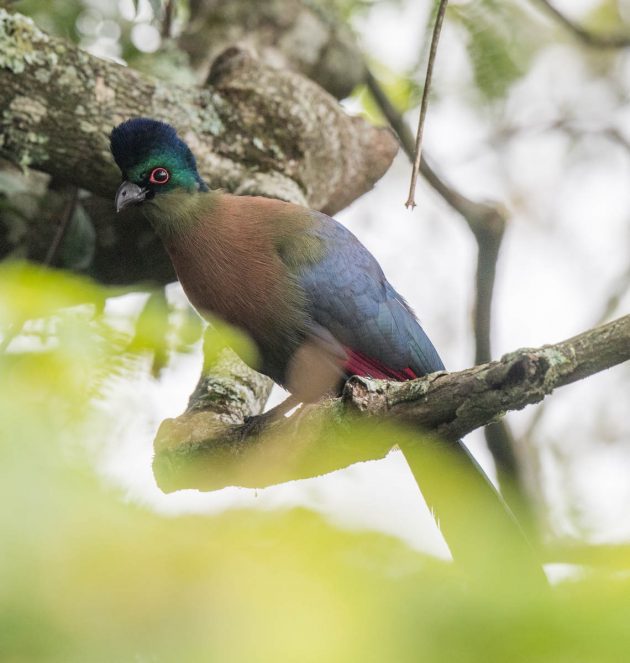
The Spotted Ground Thrush wishes to apologize to the readers of this blog post for not being more cooperative in having its photo taken. Its somewhat lame excuse is that it is listed as Vulnerable (this is true, I checked it afterward). Still, deep in our hearts, aren’t we all vulnerable? And does that keep us from having decent photos of us taken?
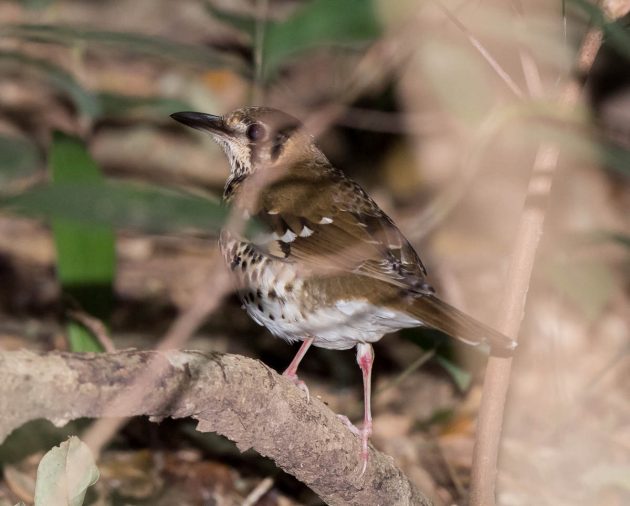
I usually try to hide the fact that some time in my misspent youth, I actually played the trumpet (badly). Consequently, I also pretend not to know or like the Trumpeter Hornbill.
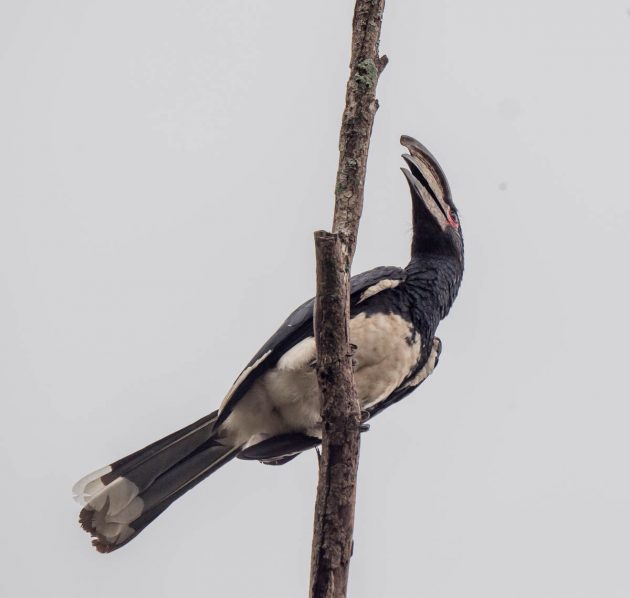
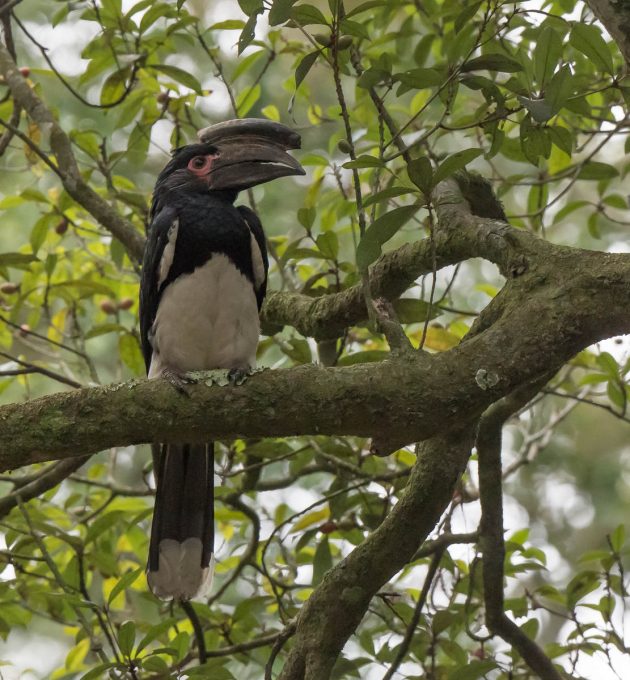
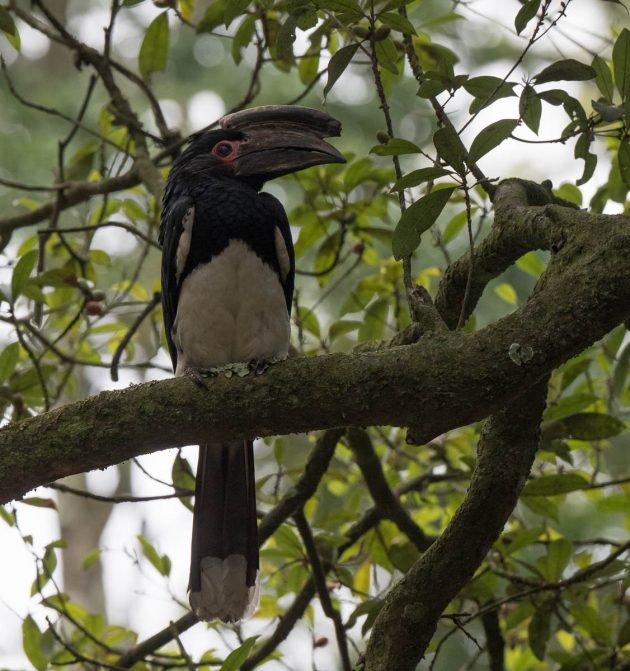
The White-eared Barbet is another bird species with an annoyingly sensible Latin species name, leucotis (white-eared). Obviously, my job as a blog post writer would be a lot easier if there was a racist slave-trader named Ernesto Leucotis who somehow got a bird species named after him.
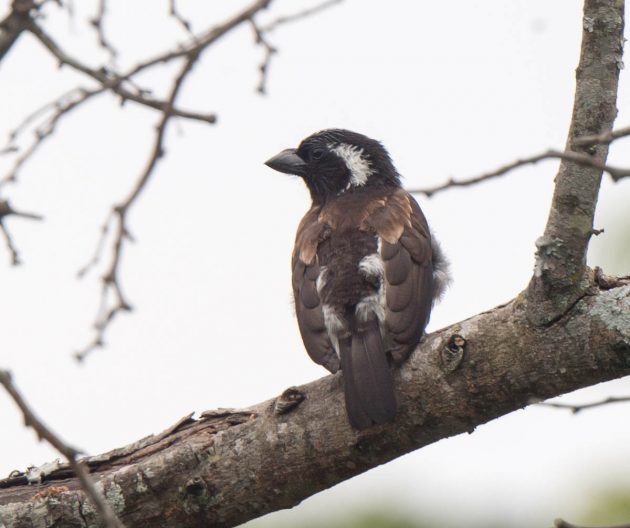
It must be frustrating. In 1964, two researchers described a new species, the White-chested Tinkerbird, and brought a specimen back to the UK. But the same species was never found again. Then, in 2018, other researchers did DNA testing on the sample specimen and found it was just an ordinary Yellow-rumped Tinkerbird with some kind of slight color mutation (source).
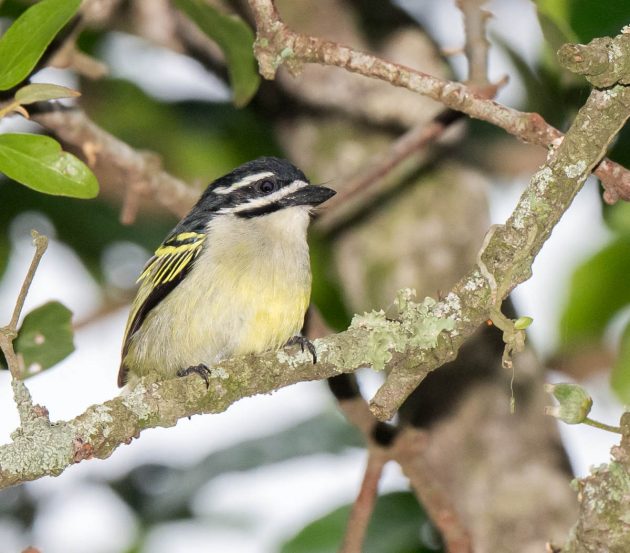
Which makes it a bit strange that the HBW claims there are 13 differences between the White-chested and the Yellow-rumped Tinkerbird. Maybe an occasional update of the HBW might help. But the text was last updated in 2015 while the DNA research was done in 2018.
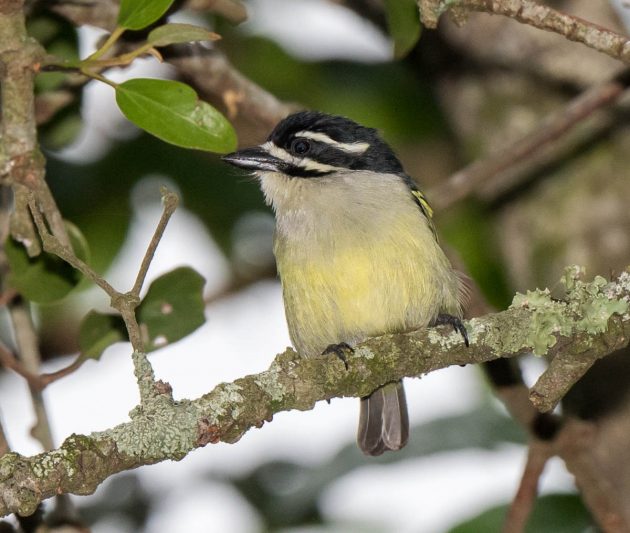













Nothing German about the word ‘hamerkop’, Kai, that’s fully Dutch! Nice pics as always. Did you stay at the Chase Estate by any chance?
I guess Afrikaans would be even more correct than Dutch, but I get your point … I stayed at a place called (strangely) Birds of Paradise Hotel.
It’s a very small forest indeed. I guess most birders only go for the Spotted Ground Thrush and the Eastern Bronze-naped Pigeon.